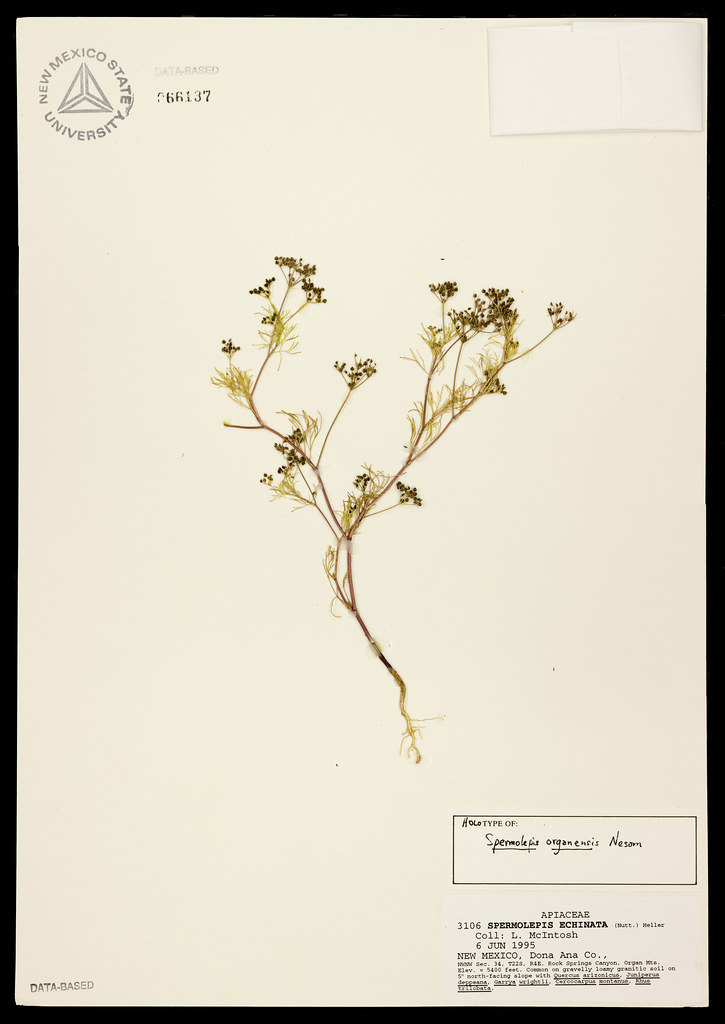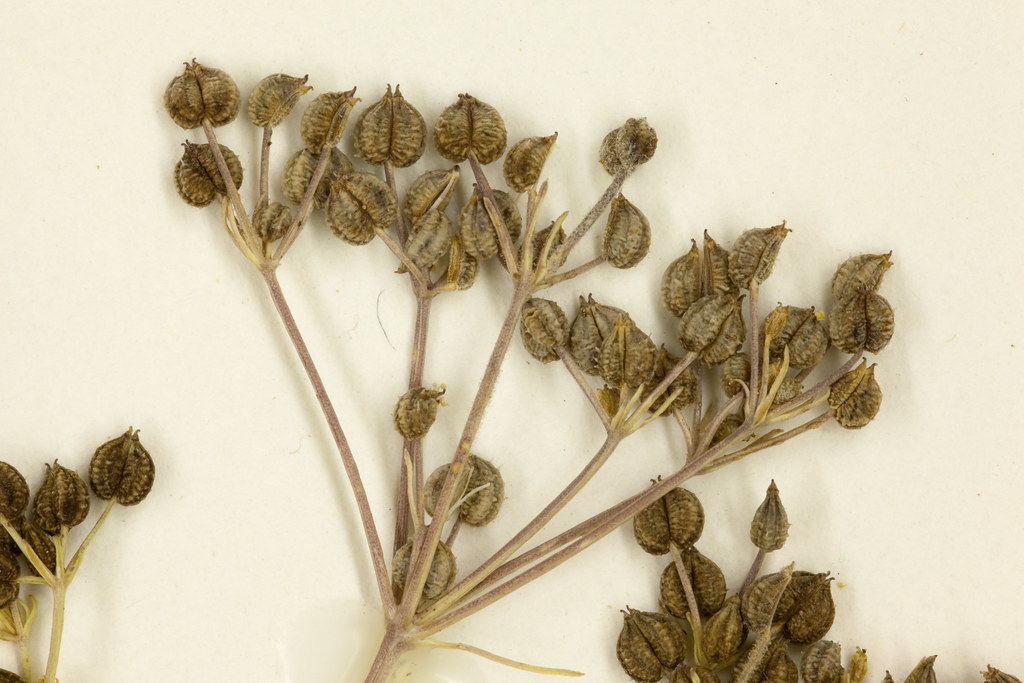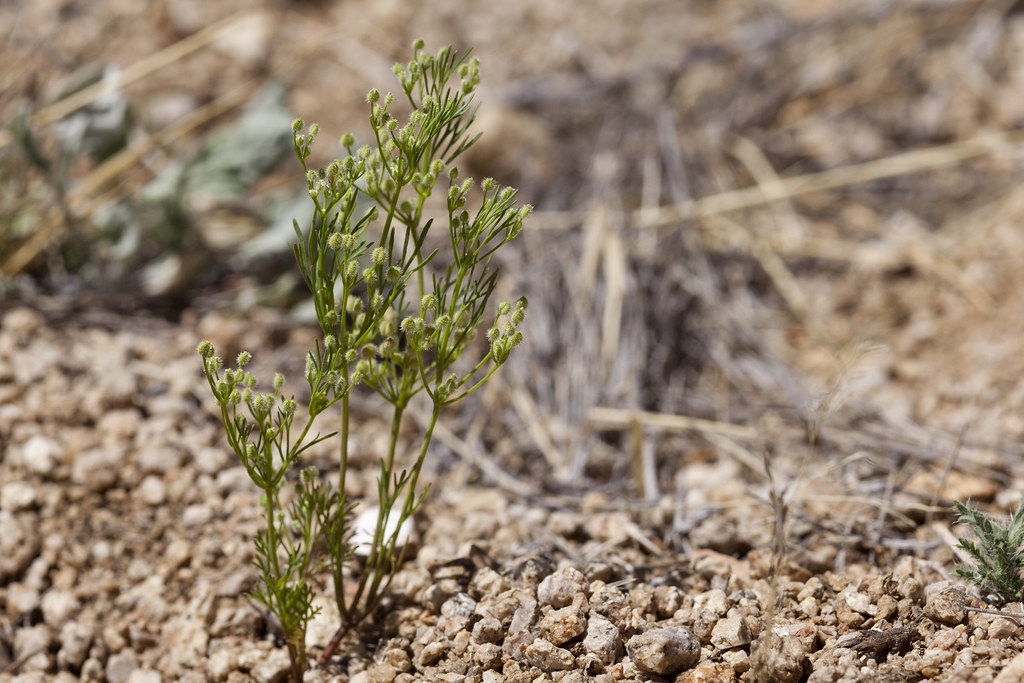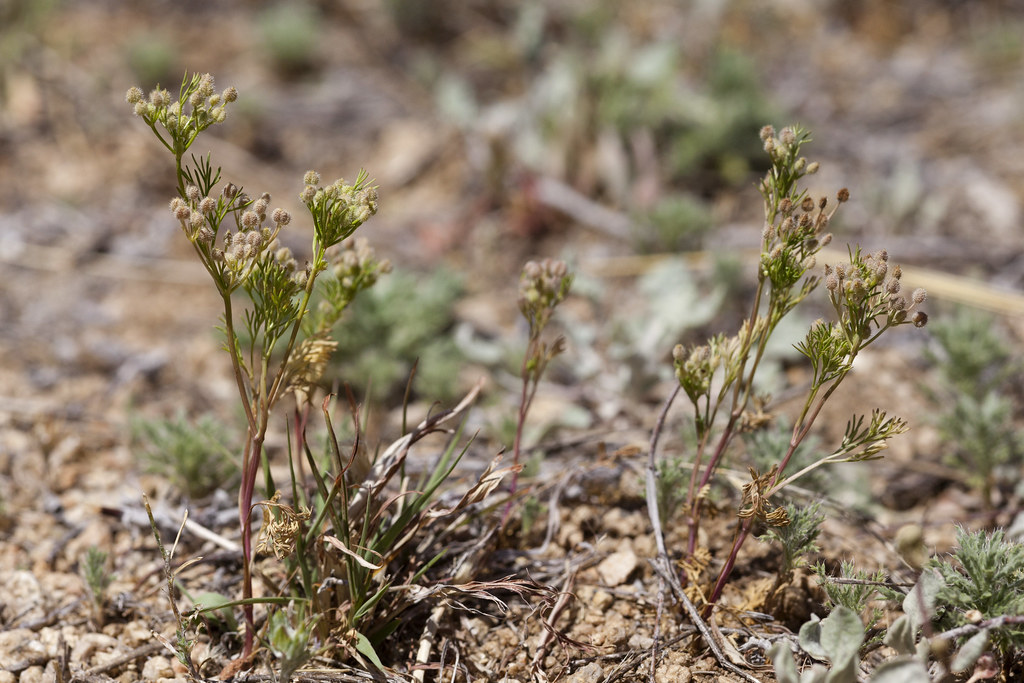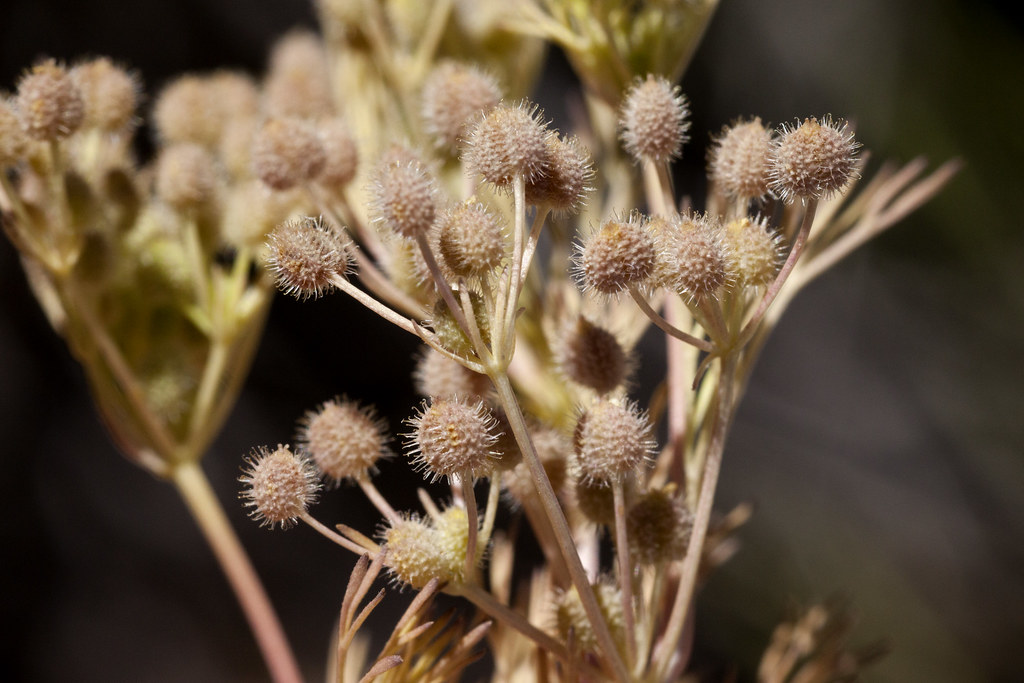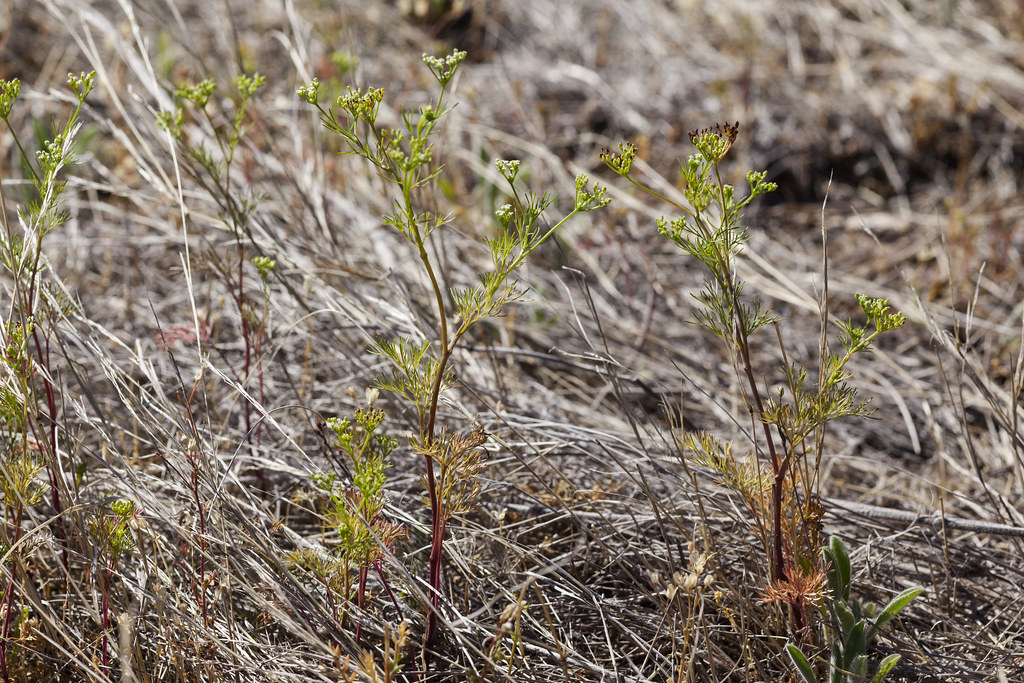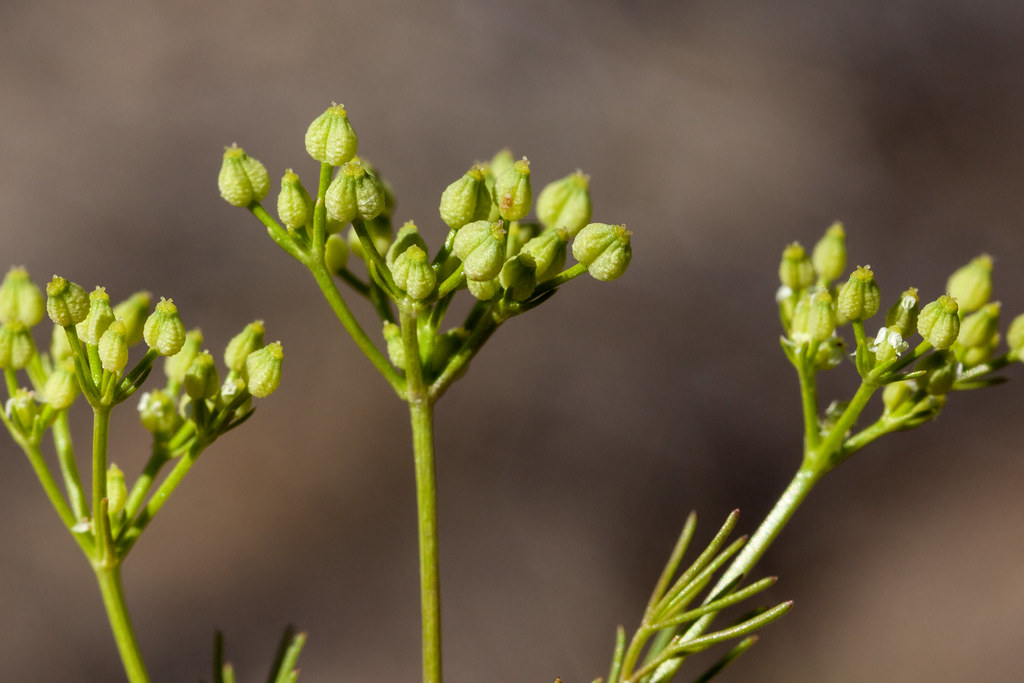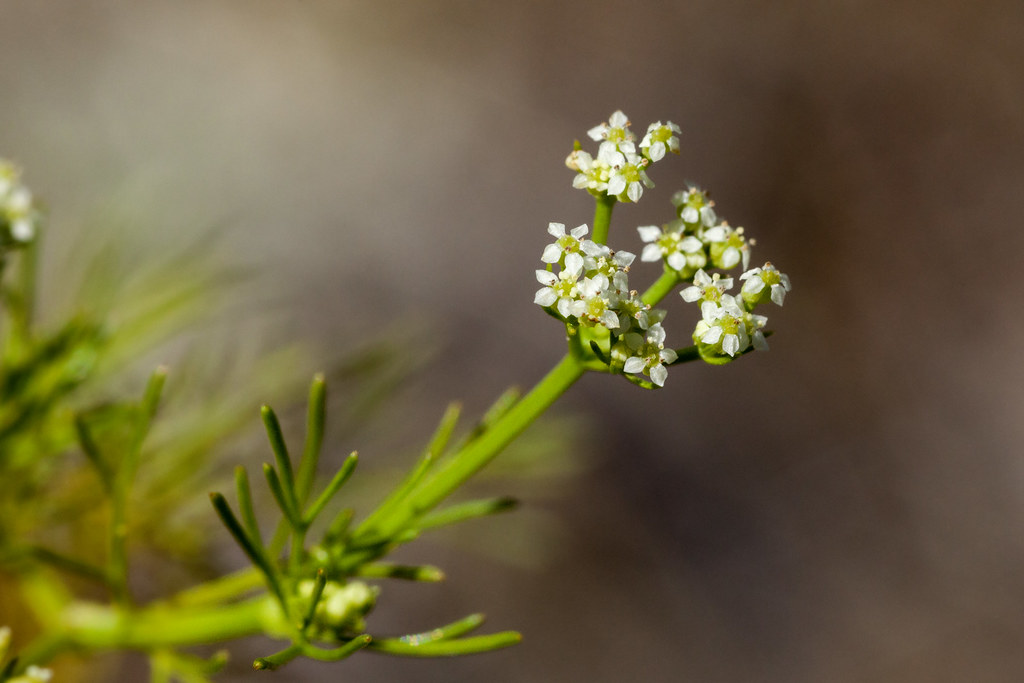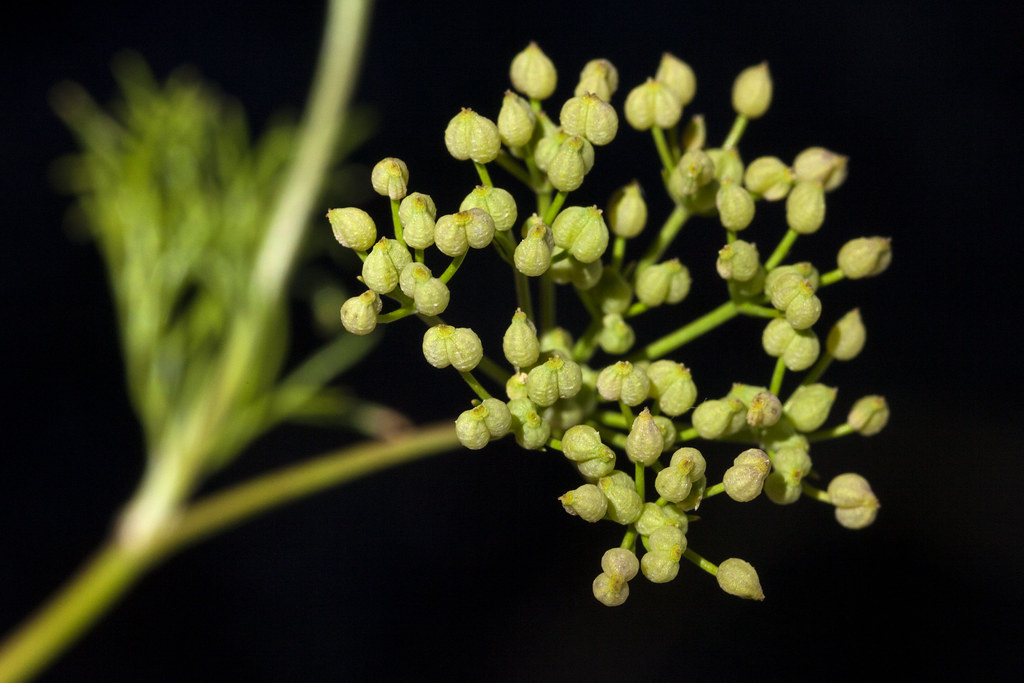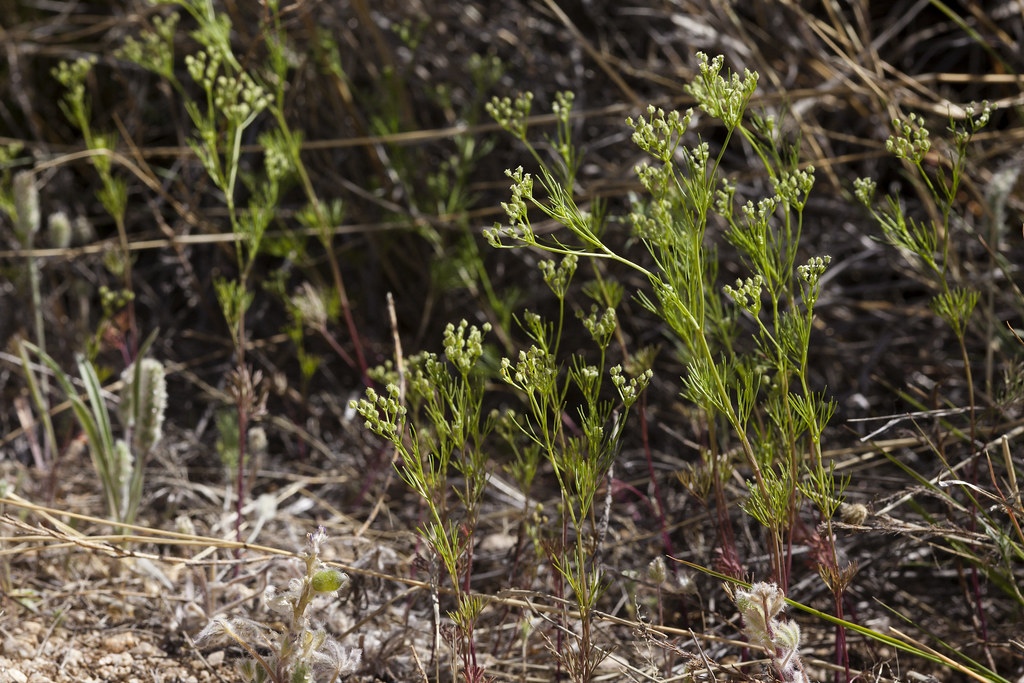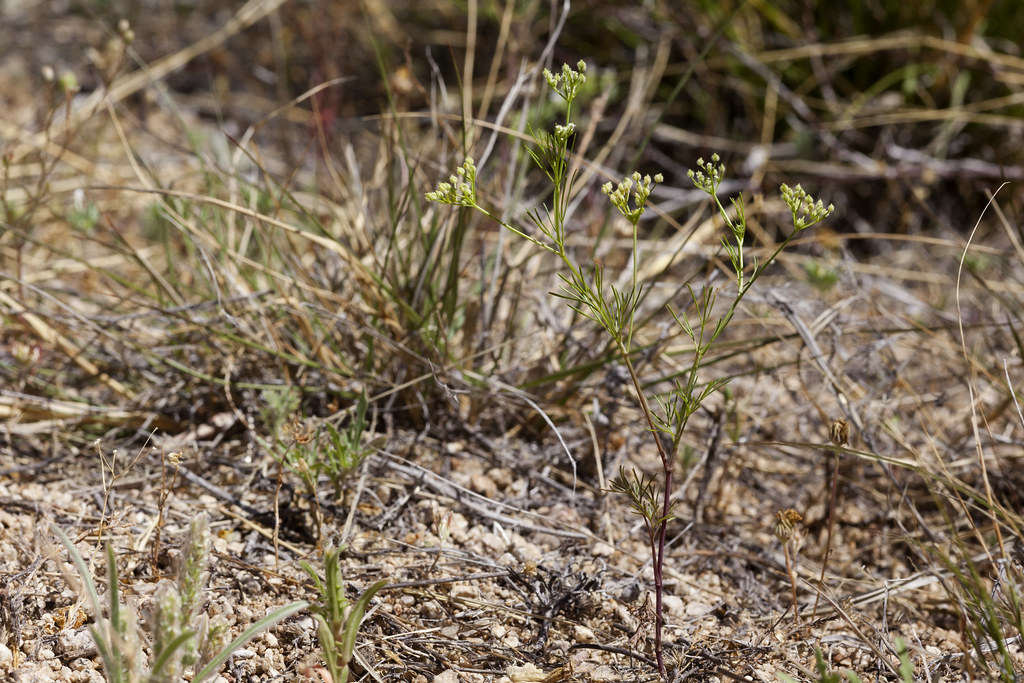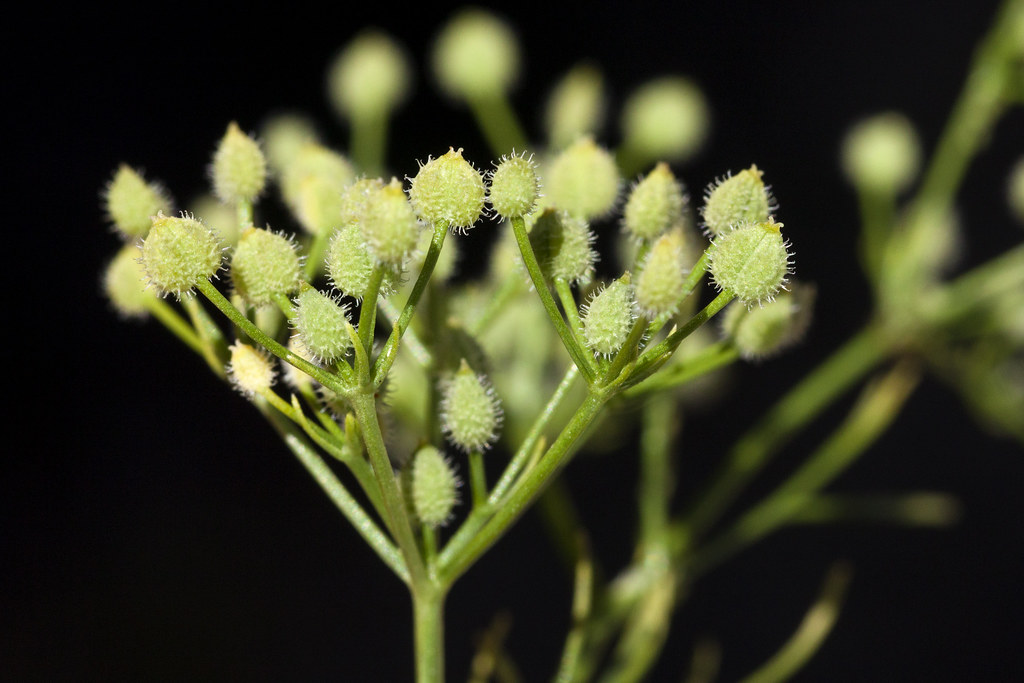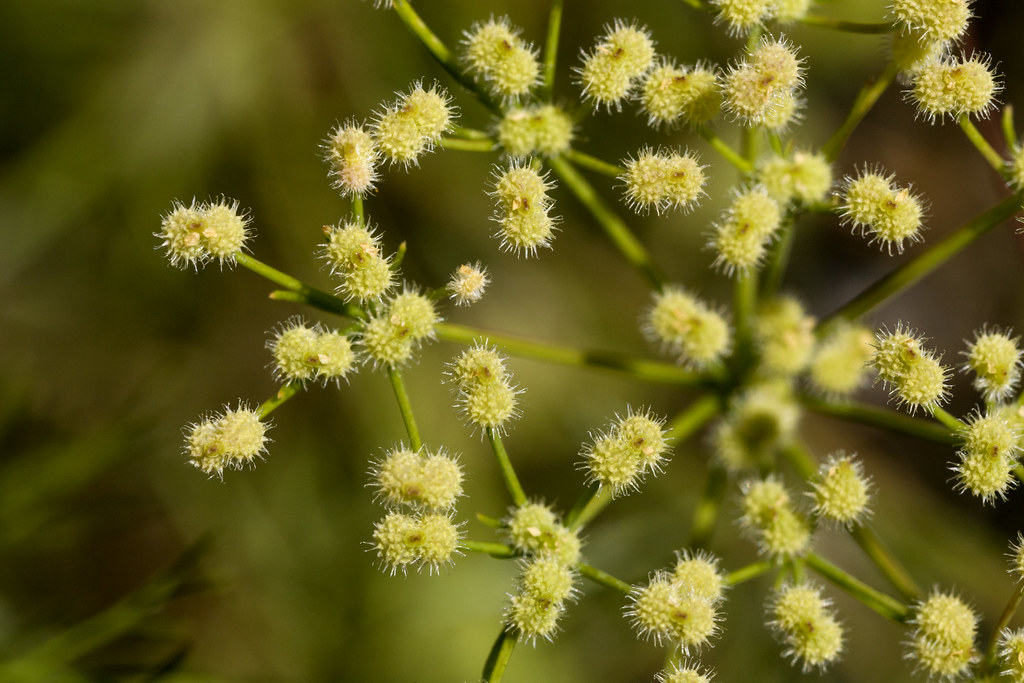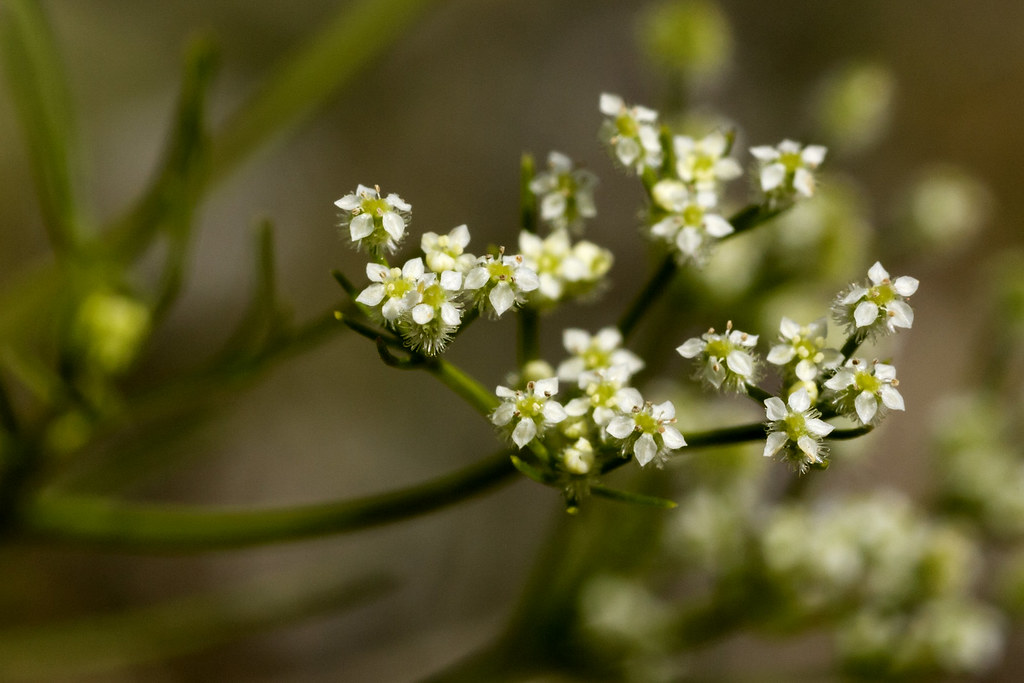I came from Steamboat Springs, CO to Klamath Falls, OR to work with the USFWS and started in mid April. I came about 3 weeks later than the other two CLM interns I am working with, so when I got here things were in full swing and I did my best to understand everything that was going on. We are working with the Endangered Species crew and have been very involved in trying to capture the endangered Short-nose Sucker and Lost River Sucker adults in order to collect their eggs and sperm in order to spawn them. This has all been a very different and exiting experience for me being that I have done hardly any fisheries work, and I am gaining so much new knowledge in so many different ways.
My first week we worked the BOR in Lake Ewauna here in town. We were using trammel nets to catch fish, and collected about 6 suckers, but were not able to make any of them become “ripe” using an experimental human growth hormone. This was exiting because it was my first experience on a boat here and I have only been on a boat about twice in my life! Later in the week I also got to experience using a dry suit and snorkeling in the river with my boss in order to see if we could see any suckers and catch them, however the turbidity levels of the water made seeing very difficult and we couldn’t get or see any fish.
Another interesting experience the first week was meeting up with some fisheries biologists from the USGS who had collected Lost River suckers and were pit-tagging them. We were able to use 2 of their fish to collect eggs and sperm from to send down to a laboratory in Roswell, NM. It is very weird collecting these things from the fish, they are very big and you have to make sure you hold them tight, then you point their tail end downwards and squeeze their lower belly and everything just pours out! We sent them out that day and heard back the next week that 90% of the eggs we got had been fertilized, which is really good.
My second week was interesting because we were focusing mainly on a project to get suckers out of a pond in the Lower Klamath Refuge where they had been raising them. This involved draining the pond and using Seine Nets to get all of the fish out of the major canal and outlying areas. This turned into a bit of a scramble because when the canal was getting low many fish began surfacing for air because the dissolved oxygen levels had become so low. We raced in the canal and used little nets to capture suckers as they were surfacing. The hardest thing about all of this was managing to walk in the mud where the pond had been. In some areas it was almost 3 feet deep and I got stuck at one point because the mud was acting like quicksand and the more I tried to get out the deeper I kept going, luckily we had a large crew with us and one of our guys helped me out- whew! It was a bit scary. In the end we got over 65 suckers out and they have a different home now.
Yesterday we went to Redding, CA to pick up some baby suckers from a hatchery, they are going to be raised in a smaller pond which is next to the one we drained. I had never seen baby fish before and wow are they small!
This last week has mostly been focused on putting together net pens where we will be raising other larvae. This has been good, hard work. The net pens are made out of these buoyant blocks you can make boat docks from, they just take a bit of effort to actually assemble. But we finished and now just need to get it taken out to where it will be all summer.
That’s all I have for now, it has been good getting into everything these last few weeks and I am pretty exited for what will come next!
Klamath Falls Field Office- USFWS, Klamath Falls, OR.













